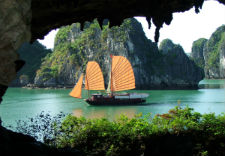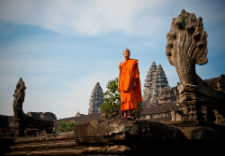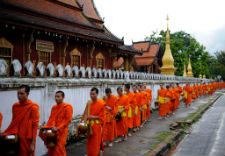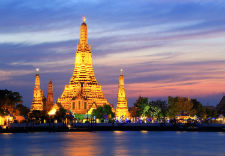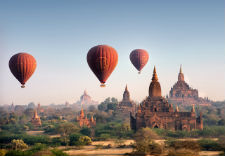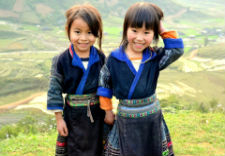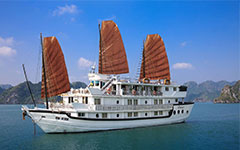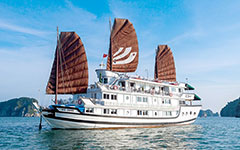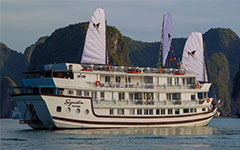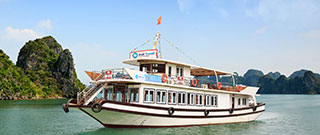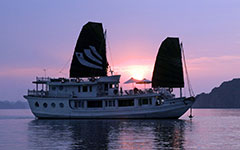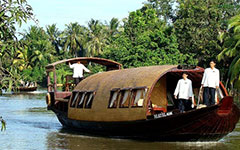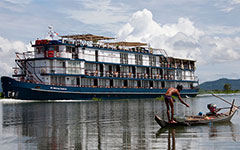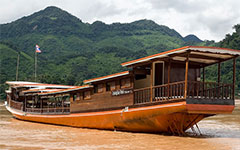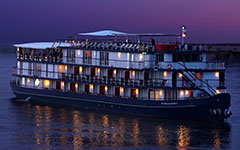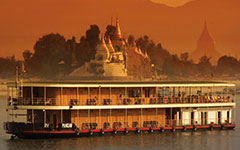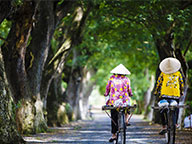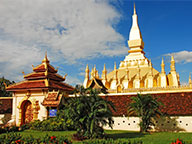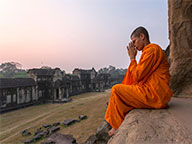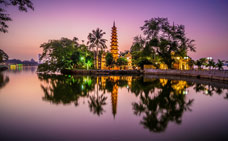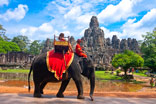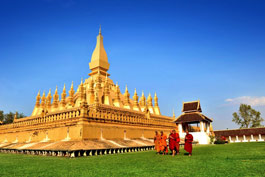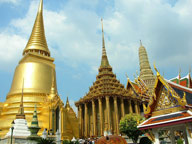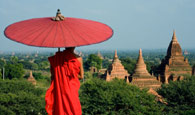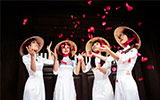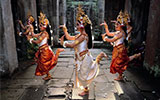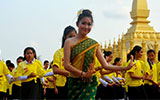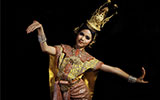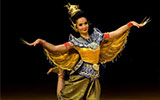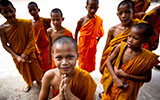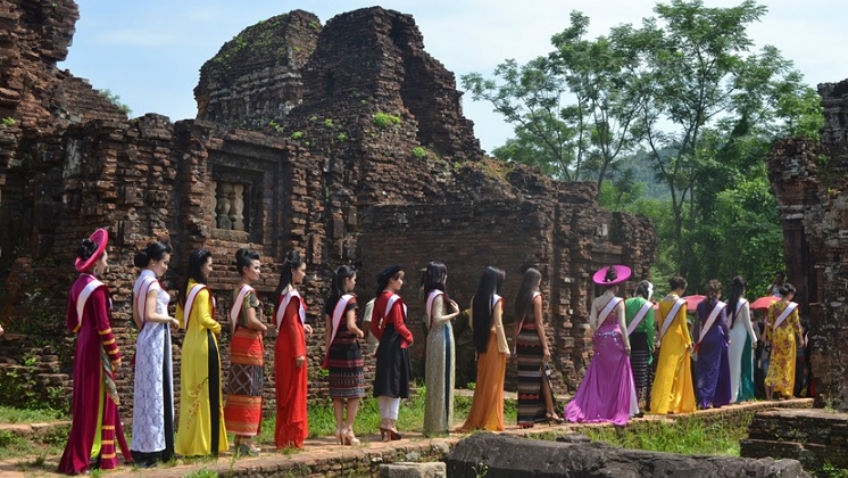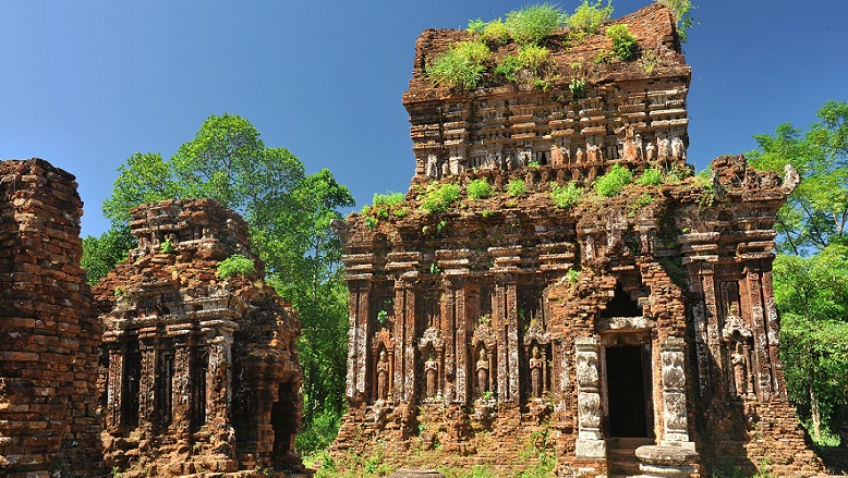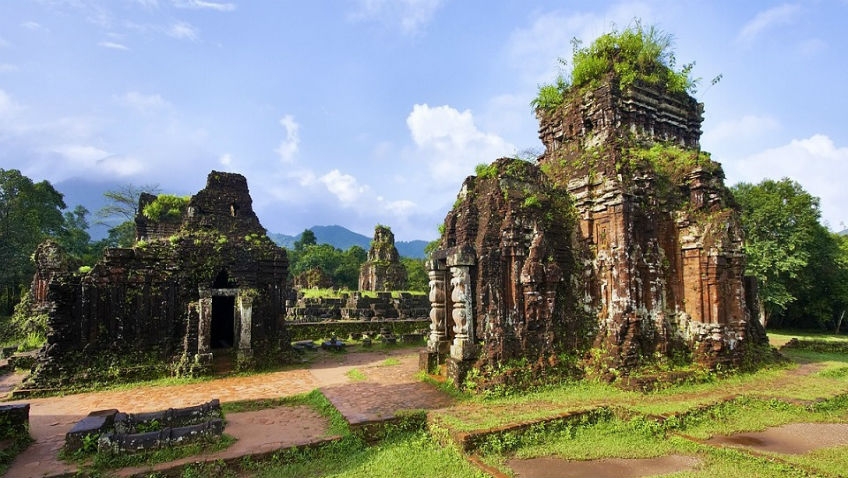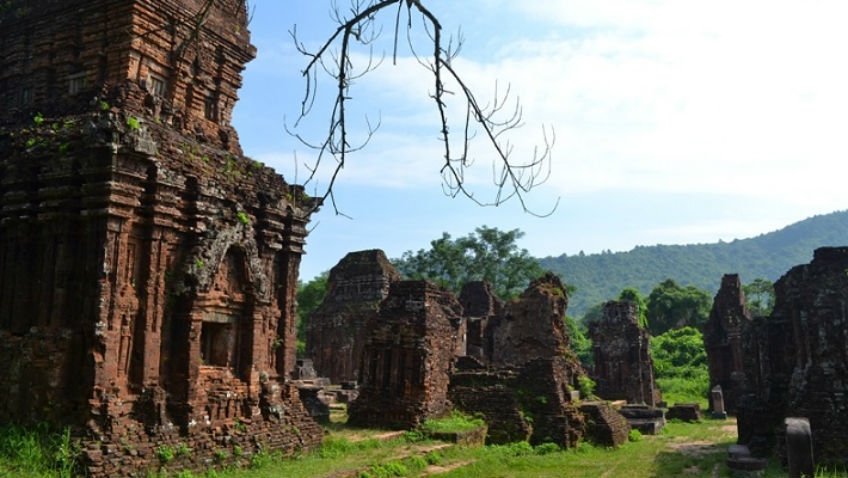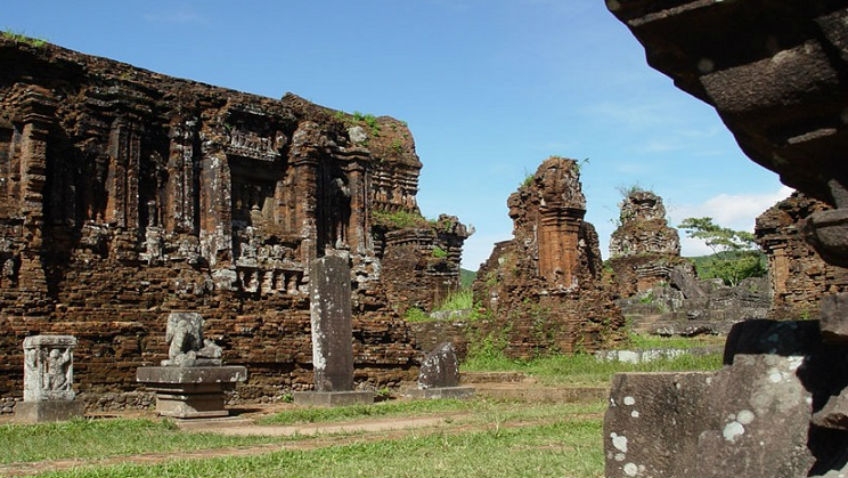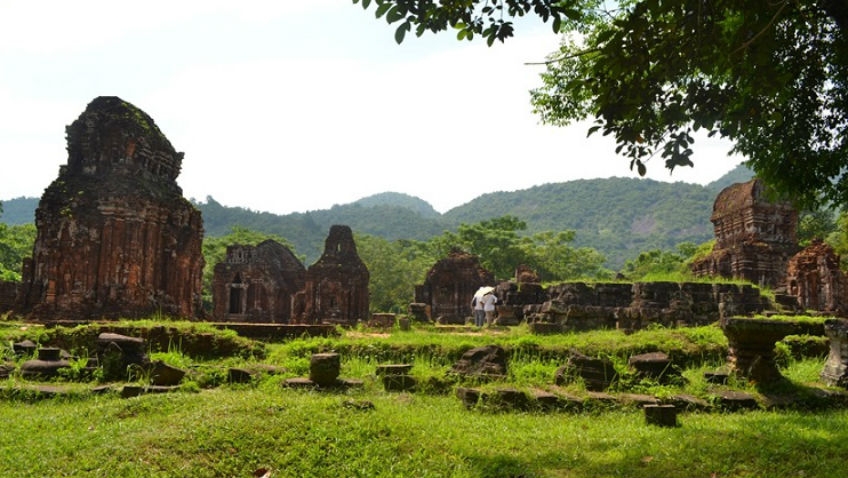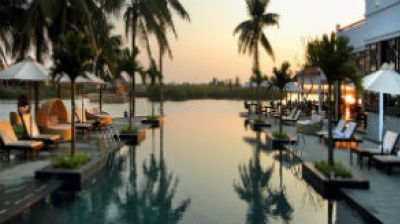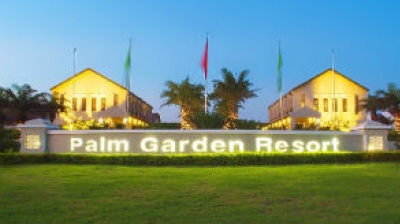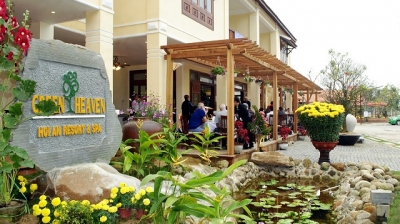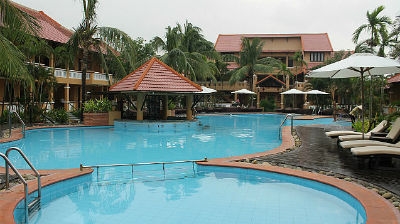My Son - Holy Temple
Destination
My Son Holy Sanctuary is a compound of numerous Champa temple Ruins within a valley that spans around 2km and are encircled among mountains. My Son Holy Sanctuary is known to be one of the major religious Hindu hubs in Southeast Asia and the only heritage of this type in Vietnam
My Son Holy Land is situated in an august mighty valley complex. The Holy Land with more than 70 tower-temple architectural structures of Cham Pa civilization retaining historical, cultural, architectural and artistic values from 9 centuries’ time (from 4th – 18th century), is regarded as monumental as other renowned relics in the region of South East Asia such as Angkor, Pagan, Borobudur.
Most of the temples and collateral constructions were built of bricks with sophisticated techniques. Decorative motifs on stone pillars as well as round statues and sandstone bas-reliefs were carved and modeled after Hindu mythologies… The beautiful blending between refined reliefs carved on brick walls outside these temples add a lively and graceful charm to the entire compound of My Son holy sanctuary with the most quintessential influences of Champa arts. My Son holy sanctuary was acknowledged by the UNESCO as the world Cultural Heritage in 1999
Time and the wars have severely impaired the relic. Still, the remainder in My Son play a critically important part in world historic architectural heritage. As the cultural heritage’s globally prominent values need to be protected for the sake of human beings
OPENING/CLOSING TIME:
Open: from Monday to Sunday (including holidays, New Year, etc.)
In summer:
Open: 5h30 Am
Close: 17:00 Pm
In winter:
Open: 6.00 am
Close: 17:00 pm
Music performance schedule:
From Tuesday to Sunday (there will be notice if having exception for some reasons)
Morning:
9.30 rate 1st ; 10.30 rate 2nd
Afternoon:
a rate at 2.30
local RULES
TO PRESERVE AND MAXIMIZE THE VALUE OF MY SON WORLD CULTURAL HERITAGE, PEOPLE STICTLY ABIDE BY THE FOLLOWING PROVISIONS:
1. Don’t allow all vehicles to enter the site.
2. Everyone have to buy ticket and get it checked before visiting
3. Don’t bring arms and flammable things and explosives into the relics.
4. Don’t climb, write and draw on artifacts and temples and move the objects in the relics.
5. Don’t harm the surrounding environment, hunt animal, deforest, burn forests.
6. Don’t litter, all waste must be left in the right places.
7. Don’t make noise to avoid to disorder in the relic.
8. Check your luggage before leaving the site.
9. All contributions and proposals please contact PMU leader
Acts of violation will be handled strictly in accordance with Viet Nam law.
SOME BASIC REGULATIONS IN THE PROHIBITION TO PROTECT THE CONSTRUCTION OF MY SON RELICS.
1. Don’t wander cattle and poultry.
2. Don’t exploit forest products, felling timber, firewood, slash.
3. Don’t burn coal, just fire in allowed places.
4. Don’t pollute the environment or have any harmful actions to the normal lives of the forest animals.
5. Don’t bring weapons or explosives into the banned area.
